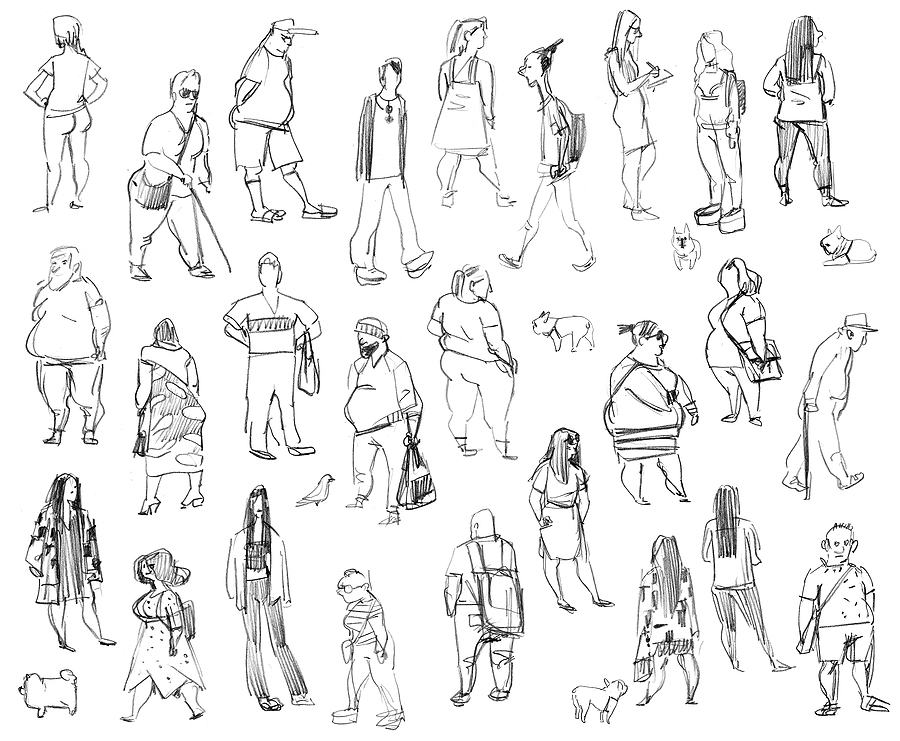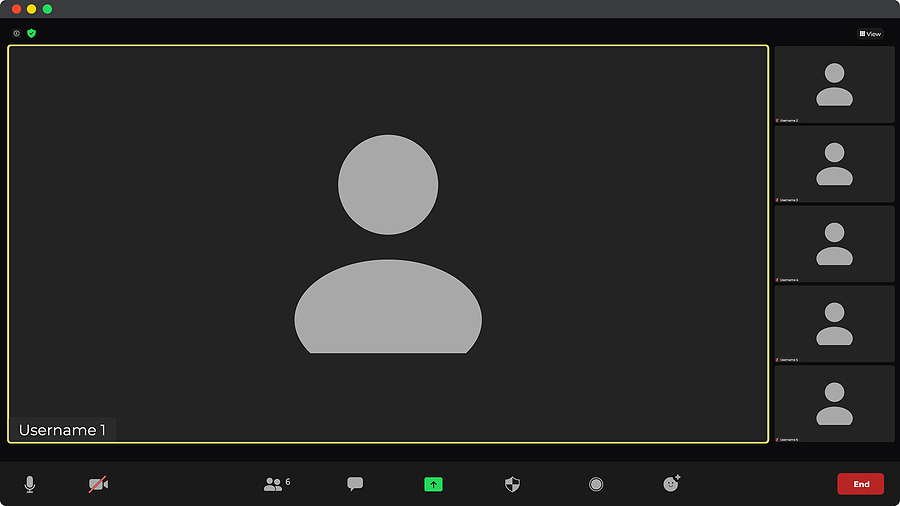 Remember poetry? Do you ever find opportunities to use it in your English instruction? This April marks the 25th anniversary of national poetry month. We hope you enjoy this selection of previous blogs about poetry from TESL Ontario Blog.
Remember poetry? Do you ever find opportunities to use it in your English instruction? This April marks the 25th anniversary of national poetry month. We hope you enjoy this selection of previous blogs about poetry from TESL Ontario Blog.
“If you wanted a poem, you only had to look out of a window. There was material always, walking or running, fighting or screaming or singing.” Gwendolyn Brooks, African-American poet and Pulitzer Prize-winning author of Annie Allen.









